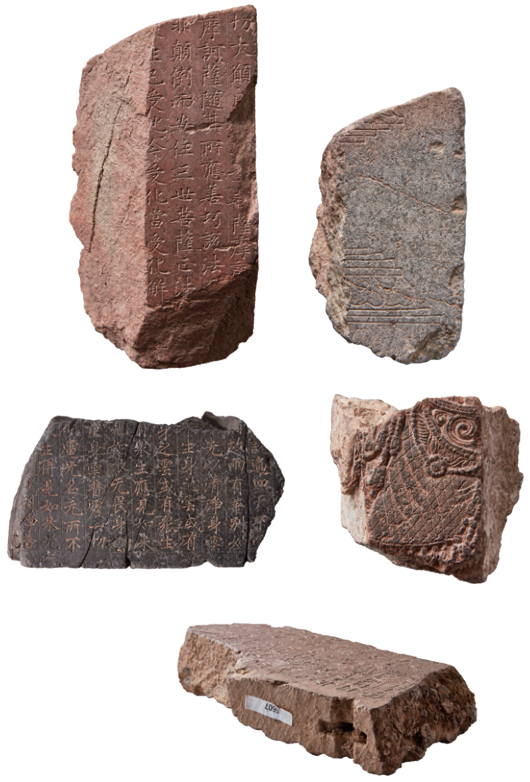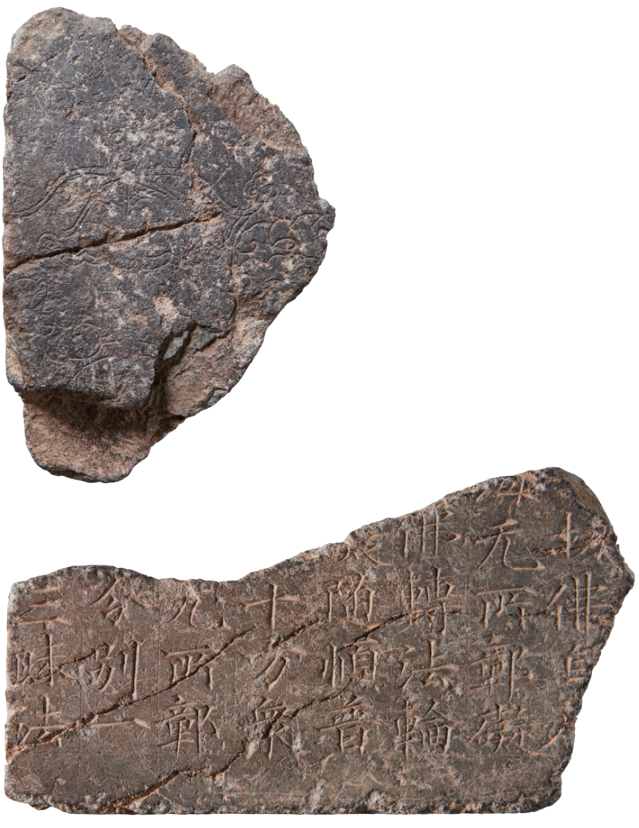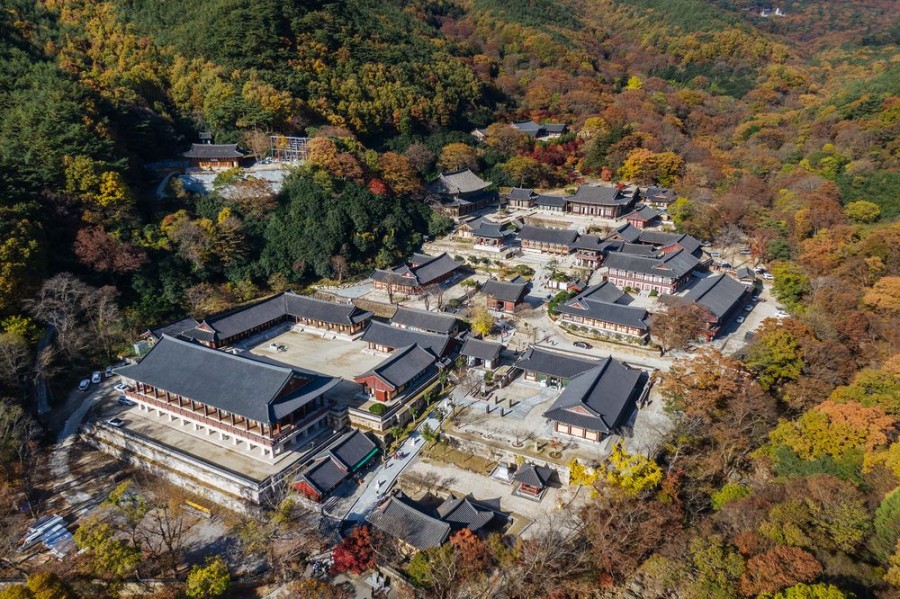English | Hwaeom Stone Sutra(or Hwaeom Seokgyeong)
Page information
Author Jogye On24-07-03 14:06 Views1,842 Comments0Related links
Body

Made of: Stone
After the Buddha's Nirvana, Buddhist countries dedicated themselves to collecting, copying, translating, and engraving the scriptures to preserve and continue the Buddha's teachings. In Korea, the tasks of collecting and engraving scriptures were also highly valued. Despite experiencing warfare during the Goryeo Dynasty, Korea exhibited remarkable dedication by creating the globally renowned Tripitaka Koreana. Even before this era, there was a well-developed reverence for scriptures, which aimed to widely propagate and protect Buddhist teachings. An example that illustrates this is Hwaeomsa Temple. It is not only a symbolic relic of Hwaeom sect temples in Korea but also a valuable resource for studying the history of Buddhism during the Unified Silla period. Additionally, it is an academically significant artifact for the study of scriptures and calligraphy.

Around 750 AD, Hwaeomsa was a central temple that promoted the new Buddhist trend known as Hwaeom thought. A clear example of this is the Hwaeom Stone Sutra(or Hwaeom Seokgyeong). The Stone Sutra refers to scriptures engraved on stone slabs, and the Hwaeom Stone Sutra contains the text of the "Avatamsaka Sutra" engraved on stone. The Stone Sutra is presumed to have been created in the late Unified Silla period and was left neglected around Gakhwangjeon Hall for a long time until it was collected during the Japanese colonial period. The extant stone sutra fragments number up to 14,000 pieces, and now they are stored in around 200 boxes at the Hwaeomsa Temple Museum of Cultural Relics.
*The first picture is from: Gurye County Office



